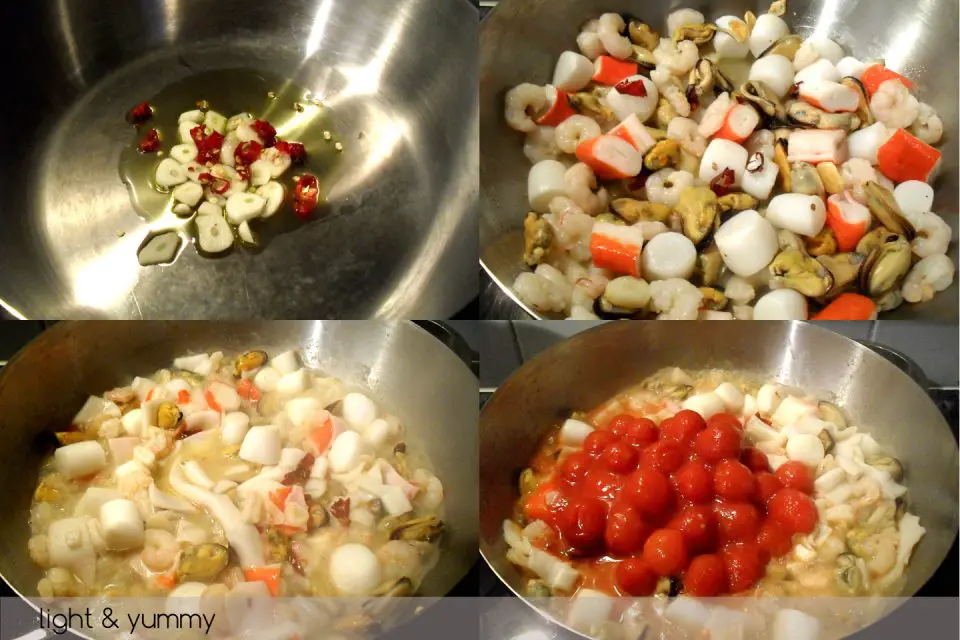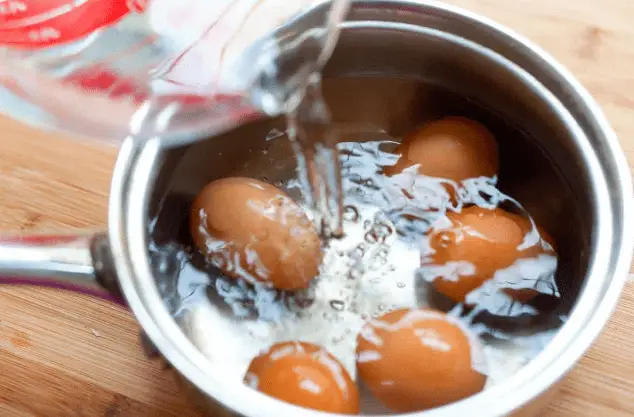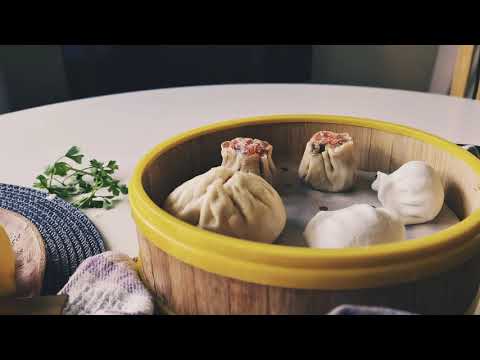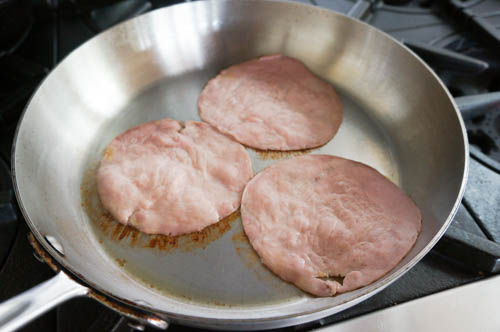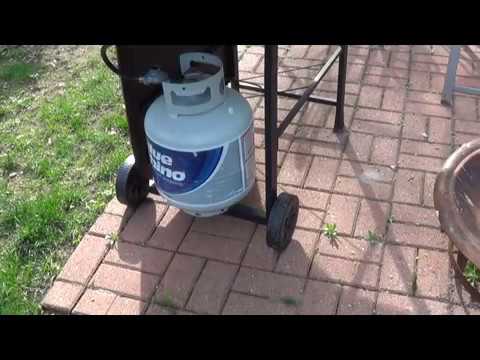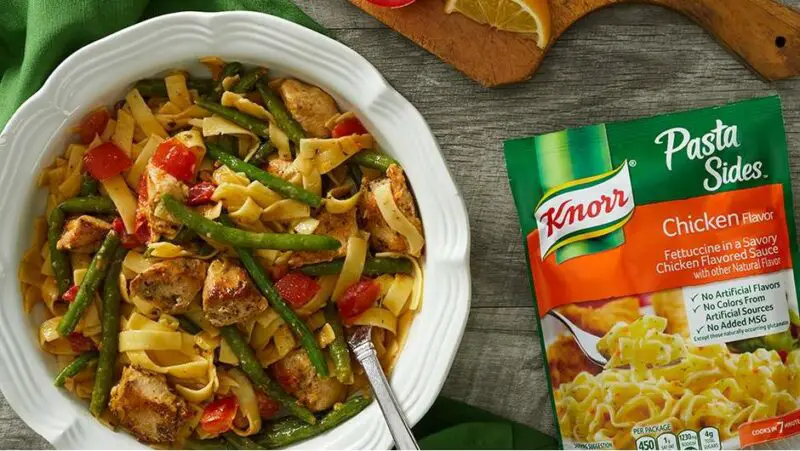Seafood is a delicious and healthy source of protein. For those who don’t live in coastal areas, frozen seafood is an accessible option. In recent years, frozen seafood mix has become increasingly popular as it offers a blend of different types of seafood that can be used in a variety of dishes. However, to get the most out of this convenient ingredient, it’s important to know how to cook it properly.
Choosing the Right Seafood Mix
Frozen seafood mix generally contains a combination of shrimp, scallops, calamari, and mussels. Some mixes also add chunks of fish or crab meat. When selecting your seafood mix, consider your budget and flavor preference. For example, if you prefer sweeter flavors, go for shrimp-based mixes; if you prefer smokier tastes, try opting for salmon-heavy seafoam mix. When buying frozen seafood mix from the supermarket or online websites always look for indicators such as shellfish with tightly closed shells or translucent flesh while other indicators would be odorless and non-sticky texture when touch.
Prepping Your Kitchen and Equipment
Before cooking any meal using frozen food we will need to ensure that our kitchen is fully equipped before we start preparing our ingredients as having everything ready will save time during cooking. Necessary equipment like pots and pans are essential here depending on the cooking method taken below:
- Boiling: Large pot
- Sautéing: Skillet
- Baking or Broiling: Ovenproof dish
Here are step-by-step instructions on how to defrost frozen seafood safely:
- Take out the seafood bag from the freezer section
- Open seal carefully but make sure not to puncture holes in it.
- Place the bag into a cup under running tap water till thawed.
- If short on time defrost over low heat flam in skillet directly.
In addition to these methods above preparing any additional ingredients such as fresh vegetables, spices, herbs, garlic and ginger is always a good idea to enhance the taste of the seafood mix.
Cooking Methods
Different methods of cooking frozen seafood mix result in different flavors and textures. Hence you need to consider the method that is best suited for what you’re going for. Below we will mention some popular methods along with their pros and cons.
Boiling
Boiling is one of the easiest ways to cook frozen seafood mix:
- In a large pot, add water until it covers all ingredients in the mix.
- Bring it to a boil over medium heat.
- Cook until tender for about 3-5 minutes making sure not to overcook or otherwise your dish might come out rubbery or flavourless.
- Strain the water away from your cooked seafood.
Pros: 1.Easy preparation 2.Faster than most other techniques 3.Nutrient rich as no oil or sauces required.
Cons: 1.Limited control over seasoning 2.Bland flavor 3.Risk of drying out fish if boiled for too long
Sauteing
Saute provides sizzling/frying sound what is enjoyable; And this is how you can make it.
- Heat a skillet with oil or butter on high flame till oil starts shimmering.
- Add defrosted seafood and sauté for another 2 to 3 minutes while stirring frequently while maintaining even heat distribution throughout pan.
- Obtain brown color on the surface opposite that has been cooking after few flips between sides then immediately remove from flame. 4.Tips: Add wine or any sauce if needed while cooking after achieving an acceptable amount of browning on each side.
Pros: 1.Superb flavors start developing due to added oils and butter 2.Guaranteed crispy crust form texture changes resulting from frying 3.Most versatile method option available among all
Cons: 1.Need to be extra attentive while cooking as temperature needs to be monitored during the process 2.Texture may become overcooked if not done right 3.Risk of adding too much oil for health-conscious eaters.
Baking or Broiling
Baking or broiling is mainly used to add appealing brown crust one can achieve crispy notes using either of two methods and is good for evenly cooked dishes.
- Brush seafood mix with melted butter and put it on ovenproof dish or tray depending on the size of your seafood mix.
- Preheat oven at 300-400 degrees Fahrenheit depending upon recipe instructions
- If baking, place the dish in the oven and cook for 10-12 minutes ( per kg seafood weight), until fish is flaky when touched by a fork.
- If broiling, heat your broiler setting then place space with the topmost rack in your oven before leaving for only few minutes.
Pros: 1.Gives appealing crust due to browning effect 2.Evenly cooked seafood pieces 3.Nutrient-rich as no added oil required
Cons: 1.Somewhat slower than sautéing meaning delay in completion time; 20 minutes approximately 2.Varied cooking times thus hard to tell how long it will take till well-done 3.Too easy to dry out if left unwatched.
Seasoning and Flavor Techniques
Seasoning frozen Seafood mix makes all the difference in taste; there are different seasoning techniques that one can use depending on their preference:
Creating a Spice Blend
When it comes to spice blends there are a wide variety available but certain blends work better with specific seafood types For instance Cajun seasoning goes well with shellfish while lemon-pepper seasoning works great alongside heavier fishes like salmon or swordfish. Learning how to create a personal blend puts you one step ahead when preparing meals containing frozen seafood mix.
1.Combine 2 tbsp each of chili powder, paprika and garlic salt. 2.Add 1/4 tbsp each of cumin, coriander and black pepper to balance the flavors.
Creating a Sauce
Having sauces especially homemade one brings taste enhancements; some preferred dipping sauces are teriyaki sauce with soy and ginger while others prefer creamy sauces such as aioli made with olive oil or garlic butter sauce with lemon that makes seafood zesty and flavorful.
Here’s is how you can make Garlic Butter Lemon Sauce:
Ingredients:
- 1 cup unsalted butter
- 3 large cloves garlic crushed
- 1 tablespoon lemon juice
- Salt-to-taste (optional)
Instructions:
- Firstly put your skillet pan in preheated over low heat medium heat flame.
- Add butter garlic salt then stir occasionally until melted about few minutes.
- Squeeze fresh lemons from both sides for the best taste. 4.Remove saucepan from stove/fire when done.
Serving Suggestions and Wine Pairings
Getting the perfect complementary wine has always been a challenge when it comes to seafood because of its unique taste. Finding the right pairing depends on seasonings, preparation method used but here are ways to make your wine pairings successful:
Pairing suggestions for different types of wine
White wines like Sauvignon Blanc balance perfectly well with fried seafood, while a red wine-like Pinot Noir pairs well with tomato-rich dishes like Cioppino.
Presentation tips (mix-ins/toppings)
Garnishing makes food appear pleasing and gives an extra flavor dimension from mix-ins -any mixed ingredient that adds harmony between different textures- One could mix chopped avocado with diced tomatoes finely chopped onions or serve flavoured compound butter alongside slices of bread or crackers depending on their preference.
Plating and garnishing ideas
A simple way would be presenting dish using light-colored utensils such as white or light gray to bring out the colors of mixed veggies and seafood. Another way could be modifying the plating of the dish in circular patterns with seafood floating atop shape.
Conclusion
Cooking frozen seafood mix can be easy and enjoyable by using different methods that rely on taste preferences. Choosing the right mix, preparing ingredients beforehand, choosing a cooking method, seasoning techniques are all essential factors to consider. Practice mixing things up and experimenting with your spice blends or sauce making while trying out new wine pairings. Frozen seafood mix when cooked correctly, gives joys to sight and taste buds alike!
Q&A
Q1: Can I cook frozen seafood mix without thawing it first?
Yes, you can cook frozen seafood mix without thawing it first. In fact, it is recommended to cook the seafood mix directly from the freezer to preserve its freshness and texture.
Q2: How long should I cook frozen seafood mix?
The cooking time for frozen seafood mix varies depending on the type of seafood, the size of the pieces and the cooking method. As a general rule, you can simmer or sauté your frozen seafood mix for 8-10 minutes or until the shrimp turn pink and opaque, and the fish flakes easily with a fork.
Q3: What are some easy recipes I can make with frozen seafood mix?
Frozen seafood mix is versatile and can be used in many different dishes such as paella, chowder, stir-fry, pasta dishes or even tacos. One simple recipe is to sauté garlic and onions in olive oil, add diced tomatoes and canned tomato sauce (or broth), then throw in your frozen seafood mix. Cook for around 10 minutes on medium heat until done. Sprinkle with parsley or cilantro before serving.
Q4: How do I know if my frozen seafood mix has gone bad?
Frozen seafood mix should be kept at below zero degrees Fahrenheit (-18 °C) to stay safe for consumption. If your package has been opened and/or shows signs of frost damage (such as freezer burn), this means that it may have lost some of its quality or even become unsafe to eat. Always look for expiration dates and trust your senses – if your frozen seafood mix looks discolored, smells funky or has an off texture, discard it immediately.
